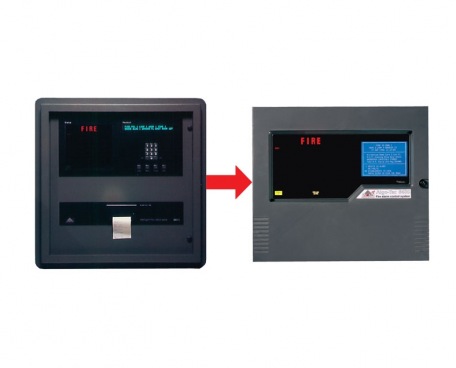Upgrading AN95 Fire Detection System

-
Utilises the existing field wiring
-
Utilises the existing panel housing
-
Fully compatible with ALL existing loop devices
-
Fully compatible with ALL existing sounders
-
Fully compatible with existing interfaces / shutdowns
-
Enhanced features
-
Forward compatibility with new Digital protocol
-
EN54 compliant
Description
The Protec AN95 fire detection control panels utilise technology that exceed fifteen years old, which now has become obsolete. This together with the changes in design standards BS5839 and EN54 regulations.
Protec have carefully designed and engineered their new range of panels to support existing systems.
As you will appreciate, technology has moved forward with older electronic components becoming increasingly difficult to obtain and in numerous cases component manufacturers no longer supporting the products. Protec Fire Detection plc will continue to provide either a “service replacement” or “repair service” to existing clients where possible, however several of the components, which are supplied to Protec to build the AN95 circuit boards have now become obsolete. Due to these components becoming obsolete from our suppliers, our current service stock is becoming limited.
In view of the above, Protec have ensured that our latest generation of digital / Analogue fire detection products (5400 and 5300) are fully “backwards compatible” and can be retrofitted into the existing AN95 panel housing. This backwards compatibility will ensure that only the internal circuit boards of the AN95 are upgraded, with all the existing loop wiring and devices (sensors, interfaces, sounders, shutdowns) being supported.
Our ability to retrofit the latest control panel technology into any existing AN95 panels, will ensure that in the event of any difficulties in obtaining or repairing AN95 circuit boards the existing fire detection system can be easily retained without the need for expensive full system upgrades or the inevitable damage to building structures and finishes.
For more information - please download the literature on the right.



